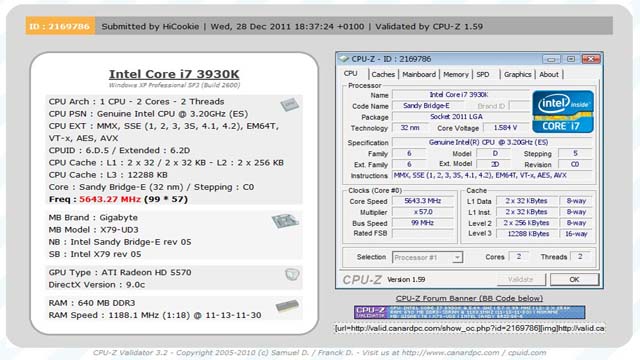

This work presents then three main contributions, the first one is the choice and combinations of position and attitude algorithms that fit with the application context. Our study demonstrates that it is worth working on power optimization, since the embedded system based on a standard general-purpose processor (GPP) + graphics processing unit (GPU) consumes more than high-luminosity see-through glasses. We introduce an original sailor assistance application, as a typical, useful, and complex outdoor AR application, where context-dependent virtual objects must be placed in the user field of view according to head motions and ambient information.

The set of tasks includes object positioning, graphic computation, as well as wireless communications, and we consider constraints such as real-time, low power, and low footprint. This paper addresses the design of embedded systems for outdoor augmented reality (AR) applications integrated to see-through glasses. Jean-Philippe Diguet1,2*, Neil Bergmann2 and Jean-Christophe Morgere1 EURASIP Journal on Embedded Systems MMMXlXIXMMXxaX DOI 10.1186/s1363-6ĭedicated object processor for mobile augmented reality - sailor assistance case study


 0 kommentar(er)
0 kommentar(er)
